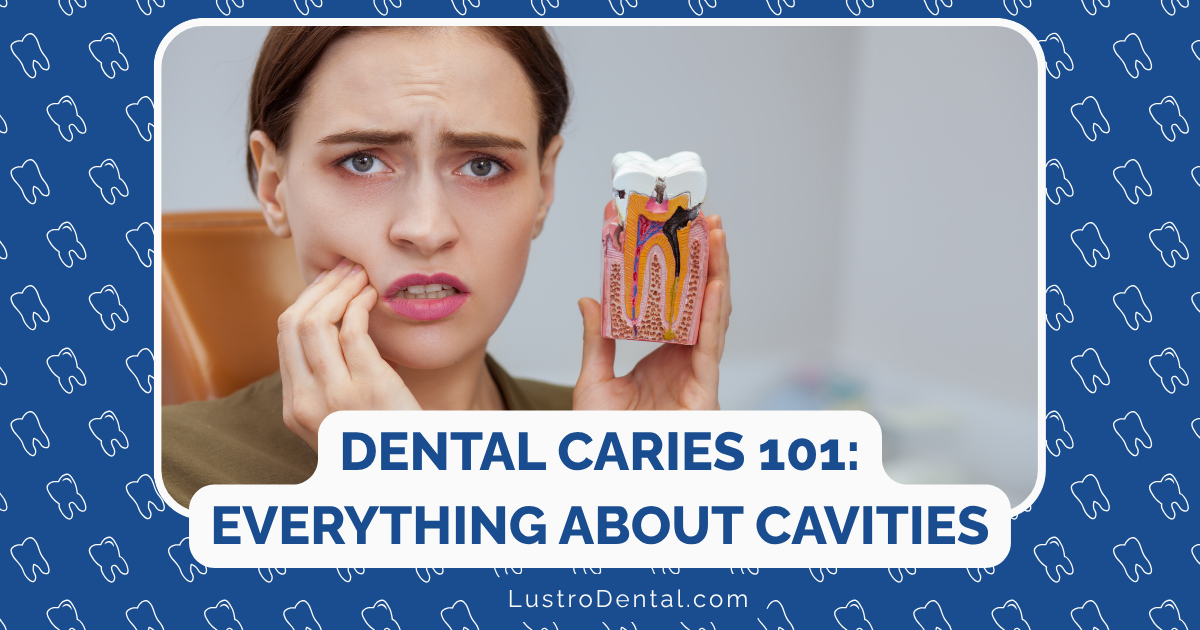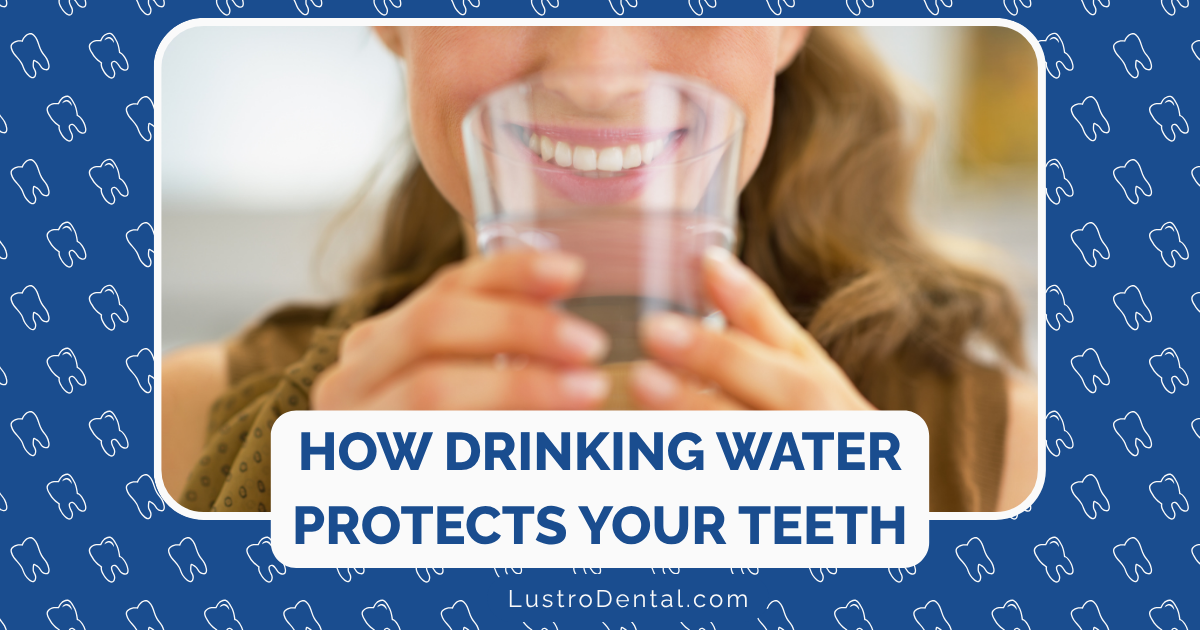Not Just for Kids: Why Adults Should Consider Dental Sealants Too

When most people hear “dental sealants,” they immediately think of children. It’s true that sealants are commonly recommended for kids as their permanent molars emerge—typically around ages 6 and 12. However, this preventive dental treatment isn’t just for the younger crowd. Adults can benefit significantly from dental sealants too, and in many cases, they’re an underutilized tool in adult preventive dental care.
In this comprehensive guide, we’ll explore why dental sealants for adults deserve consideration, the specific benefits they offer, and what you should know before deciding if they’re right for you.
What Are Dental Sealants? A Quick Refresher
Before diving into the benefits for adults, let’s clarify what dental sealants actually are:
Dental sealants are thin, protective coatings (typically made of resin or glass ionomer) that are applied to the chewing surfaces of back teeth—primarily molars and sometimes premolars. These surfaces contain natural pits and grooves where food particles and bacteria can hide, making them particularly vulnerable to decay despite regular brushing and flossing.
The sealant material flows into these grooves and hardens, creating a smooth, protective barrier that shields the tooth surface from plaque and acids that cause decay.
“Think of sealants as raincoats for your teeth,” explains Dr. Sarah Chen, a general dentist specializing in preventive care. “They provide a physical barrier that prevents bacteria and food debris from settling into those natural crevices where decay often begins.”
Why Adults Are Often Overlooked for Sealants
Despite their effectiveness, dental sealants are rarely discussed as an option for adults. There are several reasons for this oversight:
1. The Misconception That Cavities Are a “Kid Problem”
“Many adults believe they’ve ‘aged out’ of cavity risk,” notes dental hygienist Jennifer Marsh. “But the reality is that adults remain susceptible to decay throughout their lives, and in some cases, risk actually increases with age.”
2. Focus on Restorative Rather Than Preventive Care
Adult dental care often shifts toward addressing existing problems rather than preventing new ones.
“By the time many patients reach adulthood, the conversation has often moved to fillings, crowns, and other restorative treatments,” explains Dr. Michael Rodriguez, DDS. “The opportunity for prevention is sometimes overlooked.”
3. Insurance Coverage Limitations
Many dental insurance plans cover sealants for children but not for adults, creating a financial barrier that discourages consideration.
“Insurance coverage certainly influences treatment recommendations,” acknowledges Dr. Lisa Warren, a prosthodontist. “When a preventive service isn’t covered, it’s sometimes not even discussed as an option, which is unfortunate.”
Why Adults Should Consider Dental Sealants: The Benefits
Despite these barriers, dental sealants offer significant benefits for adults. Here’s why you might want to consider them:
1. Adults Remain at Risk for Cavities
Contrary to popular belief, cavity risk doesn’t disappear after childhood. According to the Centers for Disease Control and Prevention (CDC), 26% of adults aged 20-64 have untreated dental caries.
“Young adults aged 20-34 actually have more untreated cavities in their back teeth than any other age group,” points out Dr. Chen. “These are exactly the teeth that sealants are designed to protect.”
Several factors contribute to adult cavity risk:
- Receding gums: Exposes more tooth surface to potential decay
- Medication side effects: Many medications cause dry mouth, reducing saliva’s protective effects
- Diet changes: Increased consumption of acidic beverages and sugary snacks
- Existing dental work: Margins around fillings and crowns can become vulnerable spots for new decay
2. Sealants Are Highly Effective for Cavity Prevention
Research consistently demonstrates the effectiveness of sealants in preventing decay. A systematic review published in the Journal of the American Dental Association found that sealants reduce the risk of decay in permanent molars by 80% for 2 years after placement and continue to protect against 50% of cavities for up to 4 years.
“These statistics aren’t just applicable to children,” notes Dr. Rodriguez. “The protective mechanism works equally well for adults who have healthy teeth that haven’t yet developed decay on their chewing surfaces.”
3. Cost-Effective Prevention vs. Expensive Treatment
From a financial perspective, sealants make sense as preventive care:
- Sealant cost: $30-$60 per tooth
- Filling cost: $150-$300 per tooth
- Root canal and crown: $1,500-$2,500 per tooth
“The math is straightforward,” says dental hygienist Marsh. “Preventing a single cavity with a $40 sealant saves at least $110 in treatment costs, not to mention the time, discomfort, and potential complications associated with more invasive procedures.”
A 2025 economic analysis found that for every $1 spent on sealants, approximately $4.76 was saved in treatment costs over 10 years.
4. Protection for Vulnerable Teeth
Some adults have anatomical features that make them particularly good candidates for sealants:
- Deep pits and grooves: Some people naturally have deeper crevices in their molars
- Difficult-to-clean areas: Physical limitations or orthodontic appliances can make thorough cleaning challenging
- Existing risk factors: History of decay, dry mouth, or certain medications
“Not all adult teeth need sealants,” clarifies Dr. Warren. “But for those with deep grooves or other risk factors, sealants provide targeted protection exactly where it’s needed most.”
5. Quick, Painless Procedure with Immediate Benefits
Unlike many dental procedures, getting sealants is:
- Pain-free: No drilling or anesthesia required
- Quick: Typically takes just 5-10 minutes per tooth
- Immediate: Protection begins as soon as the sealant hardens
- Non-invasive: No removal of tooth structure
“Many adults appreciate that sealants require no drilling or recovery time,” notes Dr. Chen. “You can eat and drink normally immediately after the procedure.”
6. Long-Lasting Protection
With proper care, dental sealants can last for years:
- Average lifespan: 5-10 years
- Easily monitored: Dentists check sealant integrity during regular checkups
- Replaceable: Can be reapplied if they wear down or chip
“We often see sealants lasting well into adulthood when they’re applied to children,” says Dr. Rodriguez. “When applied to adults, they can provide protection during vulnerable periods of life when cavity risk might increase due to factors like medication changes or health conditions.”
Who Should Consider Sealants as an Adult?
While sealants can benefit many adults, they’re particularly valuable for those with:
1. Deep Grooves in Molars
“Some people naturally have deeper fissures in their teeth, making them more susceptible to trapping food and bacteria,” explains Dr. Warren. “These anatomical variations don’t change with age and can benefit from sealants at any point in life.”
2. History of Decay
“Adults who have experienced cavities in the past, especially on the chewing surfaces, are at higher risk for future decay,” notes Dr. Chen. “Sealants can help break this cycle.”
3. Dry Mouth (Xerostomia)
Saliva plays a crucial role in neutralizing acids and washing away food particles. When saliva flow is reduced—often due to medications, medical conditions, or aging—decay risk increases significantly.
“For patients with dry mouth, sealants provide an additional layer of protection when the natural protective mechanisms are compromised,” explains dental hygienist Marsh.
4. Difficulty Maintaining Oral Hygiene
Physical limitations, arthritis, or cognitive changes can make thorough brushing and flossing more challenging.
“Sealants can be particularly valuable for adults who struggle with manual dexterity or have conditions that make meticulous oral hygiene difficult,” says Dr. Rodriguez.
5. Medical Conditions That Increase Cavity Risk
Certain health conditions and treatments can increase susceptibility to decay:
- Diabetes
- Acid reflux
- Radiation therapy to the head and neck
- Frequent snacking due to medical needs
- Medications that reduce saliva flow
“For patients with medical conditions that increase cavity risk, we often recommend a multi-faceted preventive approach, and sealants can be an important component of that strategy,” notes Dr. Warren.
Practical Considerations for Adults Considering Sealants
If you’re an adult considering dental sealants, here are some practical aspects to consider:
Insurance Coverage and Costs
While many dental insurance plans don’t cover sealants for adults, this is starting to change as the preventive value becomes more widely recognized.
“Always check your specific plan details,” advises dental hygienist Marsh. “Some plans now cover adult sealants, particularly for patients with certain risk factors.”
Without insurance coverage, expect to pay:
- $30-$60 per tooth
- $120-$240 for all four first molars
- $240-$480 for all eight molars
Many dental offices offer payment plans or membership programs that may help reduce costs.
Sealant Longevity in Adults
“Sealants generally last 5-10 years in adults, similar to their longevity in children,” explains Dr. Chen. “However, grinding or clenching habits can shorten their lifespan.”
Factors affecting longevity include:
- Oral habits (grinding, clenching)
- Diet (frequent consumption of sticky or hard foods)
- Proper application technique
- Regular dental check-ups to monitor condition
The Application Process
The sealant application process is straightforward:
- Cleaning: The tooth surface is thoroughly cleaned
- Conditioning: A mild acid solution is applied to create a better bonding surface
- Rinsing and drying: The tooth is rinsed and completely dried
- Application: The liquid sealant material is applied to the chewing surface
- Curing: A special light hardens the sealant
- Evaluation: The dentist checks the sealant for proper coverage and bite
“The entire process typically takes less than 10 minutes per tooth,” notes Dr. Rodriguez. “Most patients are surprised by how quick and comfortable it is.”
Limitations to Be Aware Of
While sealants offer significant benefits, they do have limitations:
- They only protect the chewing surfaces, not the sides of teeth or between teeth
- They can’t be applied over existing decay or fillings
- They require intact, healthy tooth structure for proper adhesion
- They may need periodic monitoring and reapplication
“Sealants are just one component of a comprehensive preventive strategy,” emphasizes Dr. Warren. “They work best when combined with good oral hygiene, regular dental visits, and appropriate fluoride use.”
Common Questions Adults Ask About Dental Sealants
Are sealants visible when I smile?
“Sealants are typically applied to back teeth, so they’re not visible during normal smiling and talking,” explains Dr. Chen. “Modern sealant materials are clear or tooth-colored, making them virtually undetectable.”
Will sealants affect how my teeth feel?
“Initially, you might notice a slight difference in how your teeth feel, as the chewing surfaces will be smoother,” notes dental hygienist Marsh. “Most people adapt to this change within a day or two.”
How do I care for my teeth after getting sealants?
“You can care for sealed teeth just as you would your natural teeth,” advises Dr. Rodriguez. “Regular brushing and flossing are still essential, as sealants only protect the chewing surfaces.”
Can sealants be applied if I already have fillings?
“Sealants are typically applied to intact tooth surfaces without fillings,” explains Dr. Warren. “However, if you have teeth with fillings and others without, the cavity-free teeth might still be candidates for sealants.”
Will sealants need to be replaced?
“Sealants aren’t permanent and may need replacement over time,” notes Dr. Chen. “Your dentist will check their condition during regular exams and recommend reapplication if necessary.”
Making the Decision: Is It Worth It?
When deciding whether dental sealants are worth it as an adult, consider:
- Your personal cavity risk: History of decay, deep grooves, dry mouth
- Cost vs. benefit: Prevention is almost always less expensive than treatment
- Insurance coverage: Check whether your plan provides any coverage
- Long-term oral health goals: Consider sealants as an investment in prevention
“For many adults, especially those with risk factors for decay, sealants represent a simple, cost-effective preventive measure,” concludes Dr. Rodriguez. “They’re certainly worth discussing with your dental provider at your next visit.”
The Bottom Line: Prevention Has No Age Limit
Preventive dental care shouldn’t end with childhood. As our understanding of oral health evolves, so too should our approach to prevention throughout life.
“Just as we’ve embraced the idea that adults benefit from fluoride treatments—once considered primarily for children—we’re now recognizing that sealants can play a valuable role in adult preventive care,” notes Dr. Warren.
If you’re an adult who hasn’t discussed sealants with your dental provider, consider bringing up the topic at your next visit. Your future self—and your wallet—might thank you for this simple preventive step.







